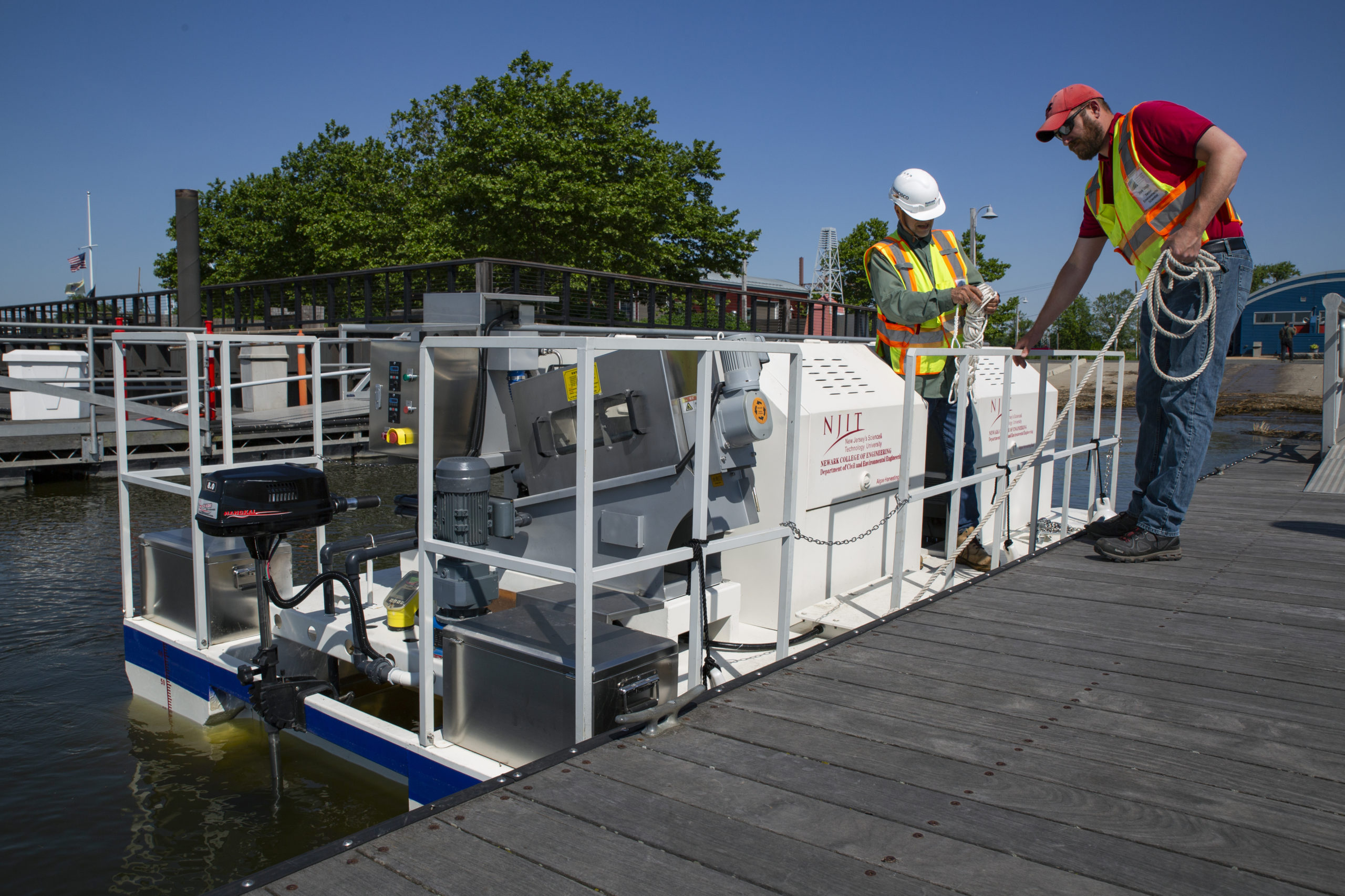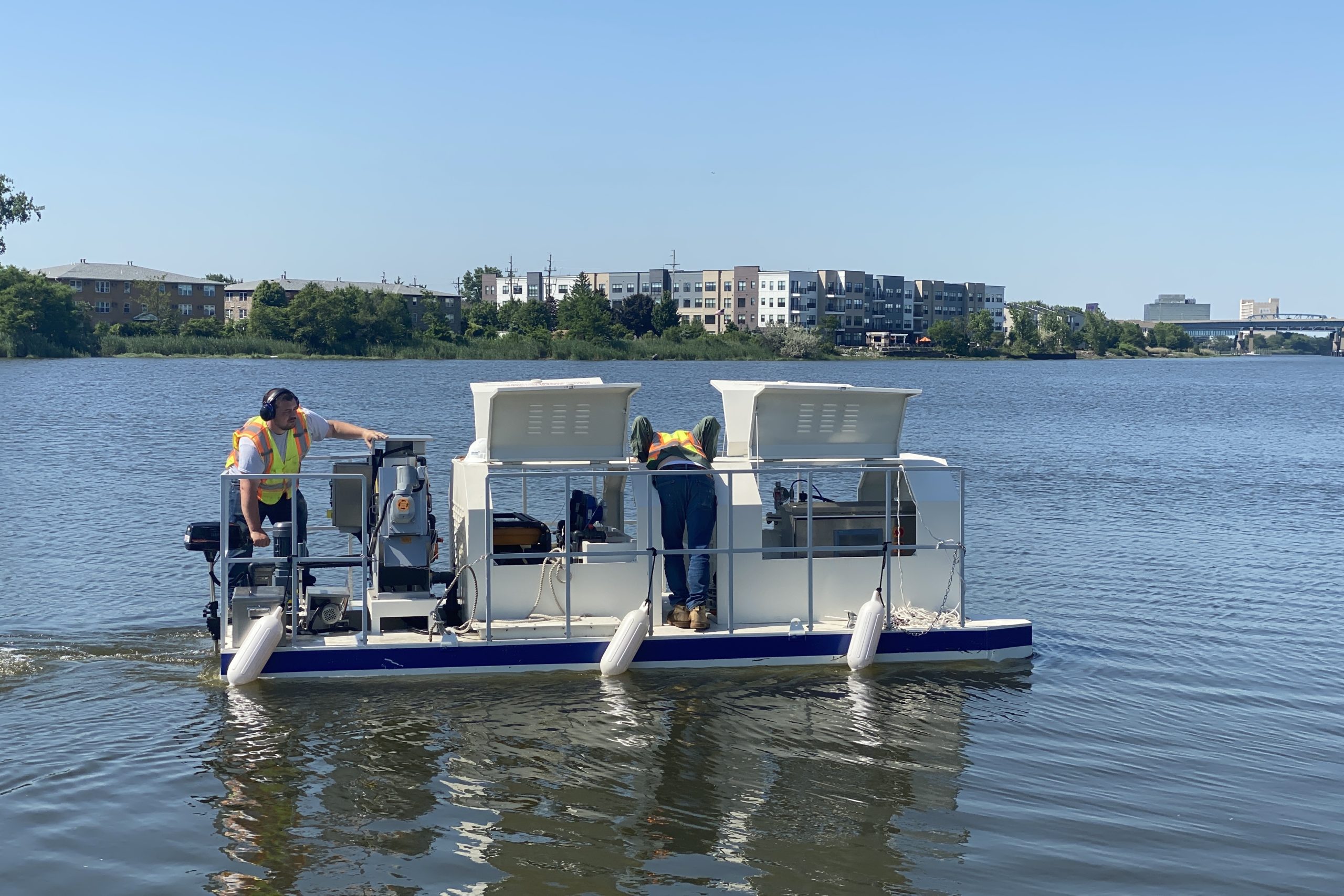WHY DO WE NEED TO REMOVE HAB
Harmful algal blooms (HABs) occur when harmful algae grow out of control in surface water systems including lakes, rivers, and estuaries. This causes a large decrease in oxygen levels in the water and the release of toxic chemicals commonly referred to as cyanotoxins. Cyanobacteria, also known as blue-green algae (although not true algae) are typical wide harmful algal bloom (HAB) species in identified NJ lakes and streams. The negative impacts of HABs can discolor the water and cause green and blue scum to form in surface water. Under certain conditions, these HABs can produce cyanotoxins, toxins that compromise the health of humans, pets, livestock, and wildlife.
HABs are increasing in frequency and severity throughout the world and are often triggered by excessive nutrients (phosphorus and nitrogen). In recent years, severe HABs have occurred in more than 20 states throughout the United States. However, traditional drinking water treatment processes (coagulation, flocculation, sedimentation, and chlorination) cannot fully remove cyanotoxins (to below the concentrations considered toxic by federal and state agencies), especially during massive HAB events.
Toxic cyanobacterial harmful algal blooms (HABs) have increased in New Jersey ponds, lakes, and reservoirs since 2018 and in many other states in the US. There have been tremendous efforts from state levels and communities to fight against this water pollution. For instance, the HAB monitoring program has been launched in New Jersey with the involvement of federal and state agencies, universities, and community stakeholders. Besides water monitoring, nutrient management and community projects to prevent nutrient load and reduce algal occurrences have also been focused areas of effort.
Meanwhile, algal biotechnology has long been a national research priority to provide the third generation of sustainable biomass feedstock for biofuels and other important commodity products such as proteins and vitamins. Proper cultivation and selection of algae could benefit the environment such as nutrient removal in tertiary wastewater treatment and carbon dioxide capture from ambient air or industrial waste gas (e.g., flue gas). Thus, algal research and algal biotechnology are critical for advancing our knowledge and promoting sustainability.
HOW IT WORKS

HAB harvesting boat will be applied to remove blooms and replenish water quality. The collected algal scum will be concentrated and dewatered on the boat into algal paste or slurry, which may be disposed into a landfill or used as fertilizer after proper treatment such as digestion or composting. This approach mechanically removes HABs without using any potentially hazardous chemicals and thus will not leave chemical residuals that negatively affect other aquatic living organisms or humans. This patented technology does not damage the algae cell and thus prevents cyanotoxin from releasing into the water.
APPLICATIONS
- Removing surface and suspended algae in the lakes and reservoirs
- Protecting drinking water source
- Providing red tide harmful algal blooms treatment
- Customization available
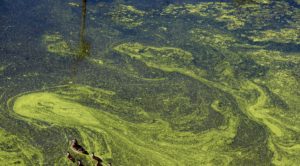
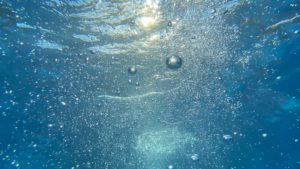

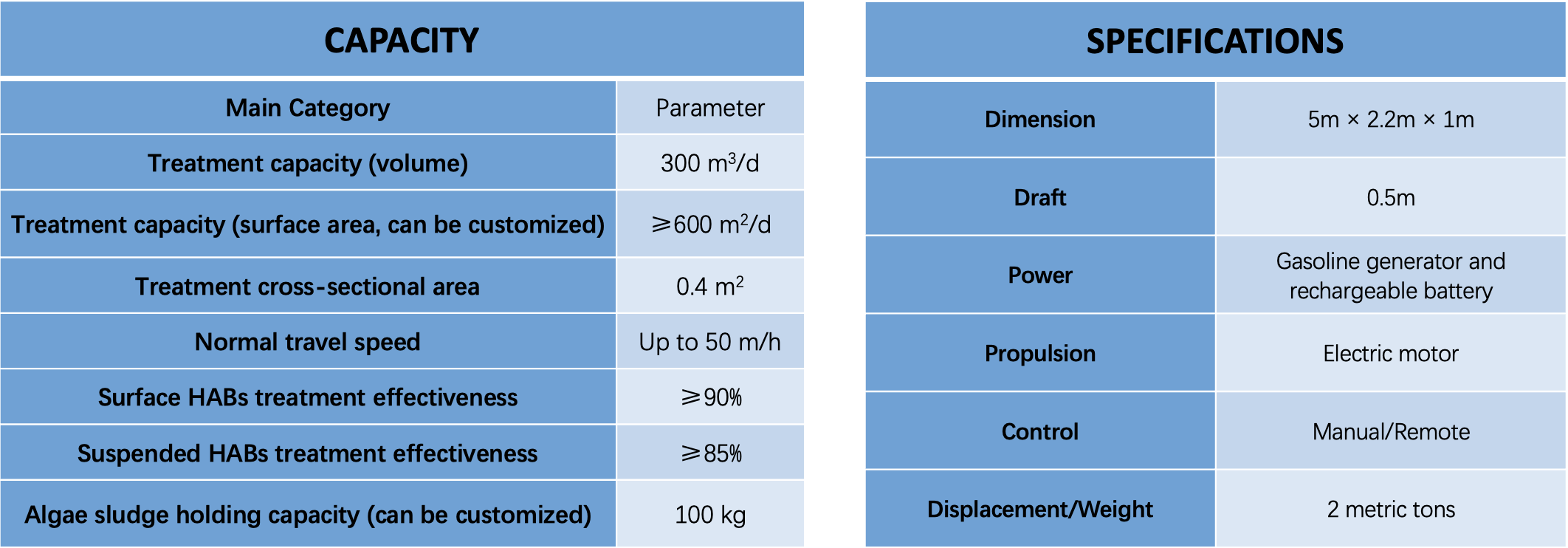
KEY FEATURES
- In-situ removal of algae bloom biomass
- Low or non-chemical involved
- High-efficiency dewatering of the collected algal biomass/slurry
- Aeration
- Cost-effective

PROJECTS
1. Mechanical removal of HABs in Branch Brook Park
This project was awarded by the New Jersey Department of Environmental Protection (NJDEP) 2019 fiscal year Grants to Prevent, Mitigate and/or Control of Freshwater Harmful Algal Blooms to implement a mobile floating platform to mechanically remove HABs.
Each year, the algal bloom is visible in June-July in Branch Brook Park and the HAB is most prevalent during the month of August. This in-situ algal removal boat aims to clarify HAB-affected waterbodies, including the surface and water columns as deep as 4-6 ft. In 2022, HAB removal boat arrived Branch Brook Park and started HAB removal operation.


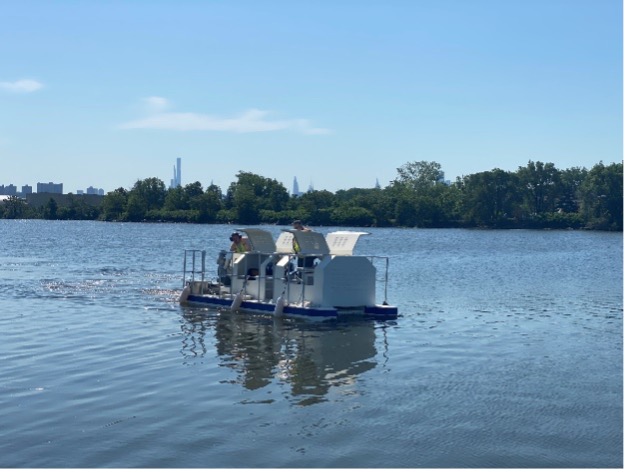
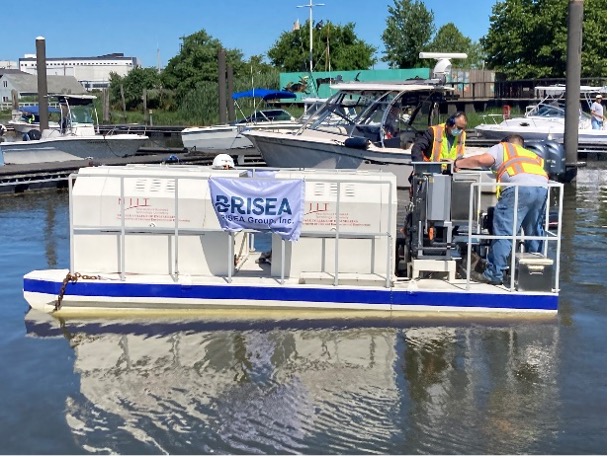
2. Mechanical removal of HABs in Deal Lake
Another application during NJDEP 2019 fiscal year Grants to Prevent, Mitigate and/or Control of Freshwater Harmful Algal Blooms. Seasonal HABs in Deal Lake results in restriction of leisure-time uses at Deal Lake because of a type of bloom that flourishes with contaminated stormwater and sweltering heat. Water sampling revealed unsafe level of bacteria present in the water, according to the Monmouth County health officer. In 2022, HAB removal boat arrived Deal Lake and started HAB removal operation.


3. Project in Taihu Lake
One HAB-removal platform has been successfully applied to control cyanobacterial bloom in Taihu lake (869 square miles) in 2018 and 2019.




